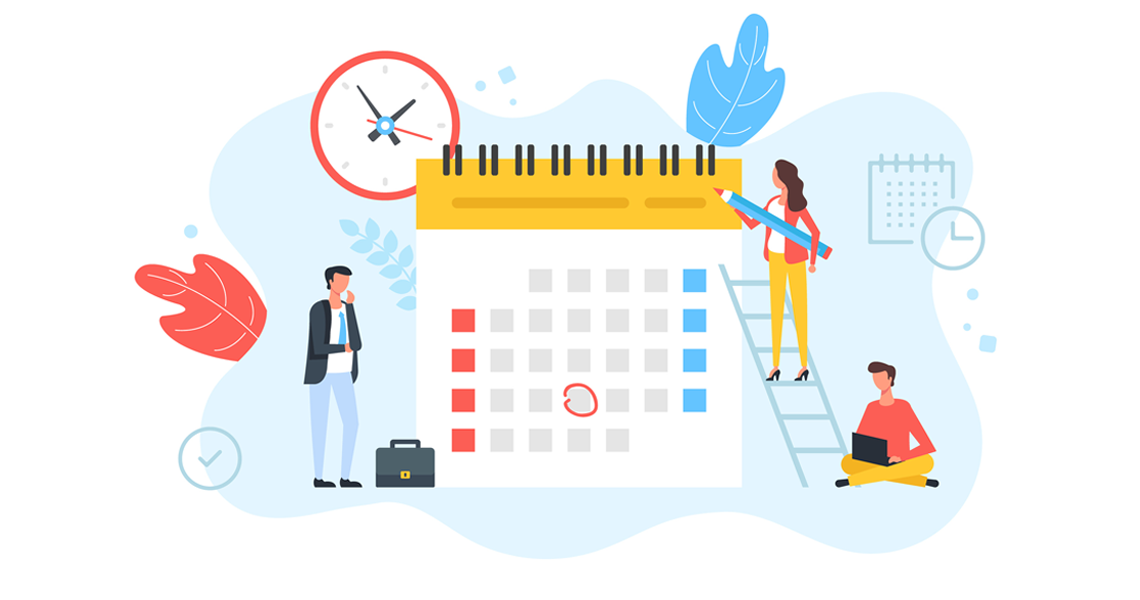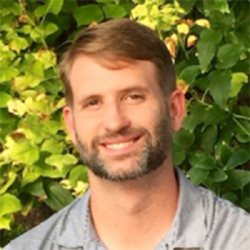Schools around the world are now facing pressing questions, such as:
● How can we deliver quality instruction while some students work from home and some are at school?
● How will students collaborate meaningfully when following social distancing protocols?
● How can we seamlessly shift back and forth from remote teaching to in-person teaching?
● How might we streamline the number of assignments while deepening learning?
A team of five 9th grade teachers I know at the Advanced Learning Academy (ALA), an urban public school in San Antonio, Texas, has crafted one solution. Like most teachers, they face the daunting uncertainty of how to address the shifting demands caused by COVID-19. For instance, they are being asked to balance the possibility of mandates to open school doors while health protocols significantly limit school capacity.
To address this dilemma, the teachers (math, science, ELA, social studies, and design thinking) are approaching this year as Lead Learners, not content specialists. As Lead Learners, teachers’ roles are to guide students through Project Based Learning that crosses disciplines and connects to students’ lives and communities.
Math teacher Matthew Colliflower says he’s taking this approach because “an independent learner doesn't need a teacher to deliver content; instead, they need a resource to help them through their inquiry.” Approaching school in this way, teachers can better navigate the changing logistics while focusing on modeling and guiding authentic learning.
Here’s the daily schedule the teaching team is planning for PBL projects:
8:30AM Tech Prep Time
9:00 Mindful Mornings
9:30 Interdisciplinary PBL
11:30 Bonus Learning (time allotment shift as needed)
12:00PM Lunch
1:00 Assessment
1:30 (students begin afternoon elective & structured choice time)
2:00 Focused Support
3:00 Sacred Teacher Planning Time
Tech Prep
During this time, students and teachers make sure their tech is functioning properly. Everyone will be on Zoom whether they are in the school building or at home. Students at home will be collaborating with students in the school building. It may seem odd to have students in the school building on Zoom, but, since health protocols require that students be at least six feet apart, traditional modes of collaboration and movement across classrooms is limited. Through its breakout room function, Zoom allows students and teachers to move fluidly across digital spaces while maintaining physical distance.
Mindful Mornings
Students join their assigned Lead Learner (home room teacher) at 9:00 in a Zoom meeting for Mindful Mornings where they engage in exercises to foster mental well-being and academic success. Social studies teacher Nathan DuPont says that “starting the day with students’ social-emotional health in mind will be crucial as students transition back to school from an unprecedented end to the previous school year and a summer filled with uncertainty.”
Interdisciplinary PBL
At this point, all 9th graders will join a single Zoom room (whether at home or in the school building). One teacher, the Instructor, will broadcast sections of a project-based lesson to all students and teachers. For instance, in a project with the driving question: “How do we learn?” the biology teacher serves as the Instructor, providing an intro to a lesson about neuron synapses.
After this short introduction, the Lead Learners facilitate breakout sessions in Zoom (which include the students in their physical room). During this time, Lead Learners work alongside students to model learning strategies and to clarify the content themselves. The Instructor is available on Zoom to field questions from students and teachers. Throughout the project, as different content takes center stage, the teacher who serves as Instructor changes.
Bonus Learning
Bonus Learning serves as a kind of pressure release valve. To honor the interconnectivity of real-world learning, teachers want to address learning goals/standards during the Interdisciplinary PBL. However, some standards don’t quite fit and/or need to be taught in a specific sequence. Bonus Learning provides a way to teach those “other” standards. As such, teachers allocate different amounts of bonus learning each day.
Student Afternoon
After lunch, students have a variety of choices. They can work on electives, read, exercise, participate in academic support sessions, do additional self-paced content work, pursue passion projects, and work with their project teams. With the support of teachers, students plan the structure of their afternoon during Mindful Mornings.
Assessment
After lunch, teachers focus on assessment so they can schedule necessary support for students later in the afternoon (teachers also assess throughout the morning, i.e., while the Instructor is providing instruction, other teachers might review formative assessments such as Nearpod questions that students submit during the lesson).
Focused Support
Based on assessments, teachers meet with individuals, groups, and parents to provide necessary support.
Sacred Teacher Planning Time
For teachers to create robust interdisciplinary PBL, they need uninterrupted time to collaboratively plan. This time is non-negotiable.
6 Important Things to Consider
1. Take Time Deciding on Learning Goals
Interdisciplinary projects can reduce the number of assignments through identifying overlapping learning goals. Despite educators feeling a giant time crunch to shift and prepare curriculum this year, the extra time spent on digging deep into learning goals will pay off in the long run.
2. Learn How to Learn Remotely
It’s tempting to jump into content to help students “catch up” on what they missed last year. However, this approach may cause students to fall further behind. Start the year by providing substantial support in the transition to new platforms and modes of learning. In fact, the first project the team at ALA will do in the year is all about what it means to learn. The aim is to help students transition to a new grade level, a new school, and new tech platforms. Biology teacher Misty Belmontez hopes this approach will provide students with the “skills they need to become empowered independent learners.”
3. Incorporate Electives
When applicable, add electives into interdisciplinary projects to increase real world connections. Elective teachers can serve as Lead Learners, reducing student group size for each teacher.
4. Articulate Expectations
Be clear in messaging to parents and students the expectations and value of being present during the PBL time to get the full social, emotional, and academic value of this approach.
5. Provide Tech Support to Ensure Equity and Access
If schools have capacity restrictions, like limited enrollment, give preference to school building access for students who have the most difficulty learning from home. Furthermore, provide hotspots and computer access for students who need them. It’s also important to scaffold instruction by providing recordings of the Instructor’s lesson along with asynchronous opportunities for collaboration, like discussion boards, for students who are ill or who have other responsibilities during the morning session.
6. School Context
Administrators, legislators, or parents shouldn’t use this post to say, “Here’s something that works - do it!” These teachers work in a school with a culture of teaming, PBL, and adult learning. If your school possesses these characteristics, go for it! If it doesn’t, determine what parts you can apply, and seek out opportunities from organizations like PBLWorks who can provide the resources and training to foster this type of culture.
Additionally, if your school does not have the necessary resources to support students in high quality remote learning, use the type of learning outlined in this post to spark political pressure to get the necessary resources into students’ hands.
But won’t we have to change everything again when we’re finally all together again?
Don’t worry! With creative scheduling, it’s possible to maintain an interdisciplinary PBL focus and enjoy all the benefits of being together. For instance, the teacher serving as the Instructor can give a live lesson to every student if they are on Zoom and shown on a projector to the other classes. The difference is, instead of breakout sessions being virtual, Lead Learners can facilitate the familiar collaborative classroom strategies we know and love, all while deepening the dynamic interconnectivity of real-world learning.
Planning for this school year has been racked with confusion and tension, but there are moments of optimism.
In the midst of the chaos, we have a chance to make lasting educational transformations. I’m given hope by people like English teacher Kristin Krenz, whose words reflect the type of mindset I think all educators need to have in this time of uncertainty. Kristin writes:
"Whether it's learning to teach remotely or to build cross-disciplinary projects, I've learned that sometimes, you just have to let things go and embrace the new. My class may look radically different from last year, and that's ok. The key is holding onto your values as an educator, and continuing to imagine and fight for the education our students deserve. Trust your team and delegate. Disrupting old patterns of teaching and learning is uncomfortable, but it's better with a team - and just might be what our students need."


